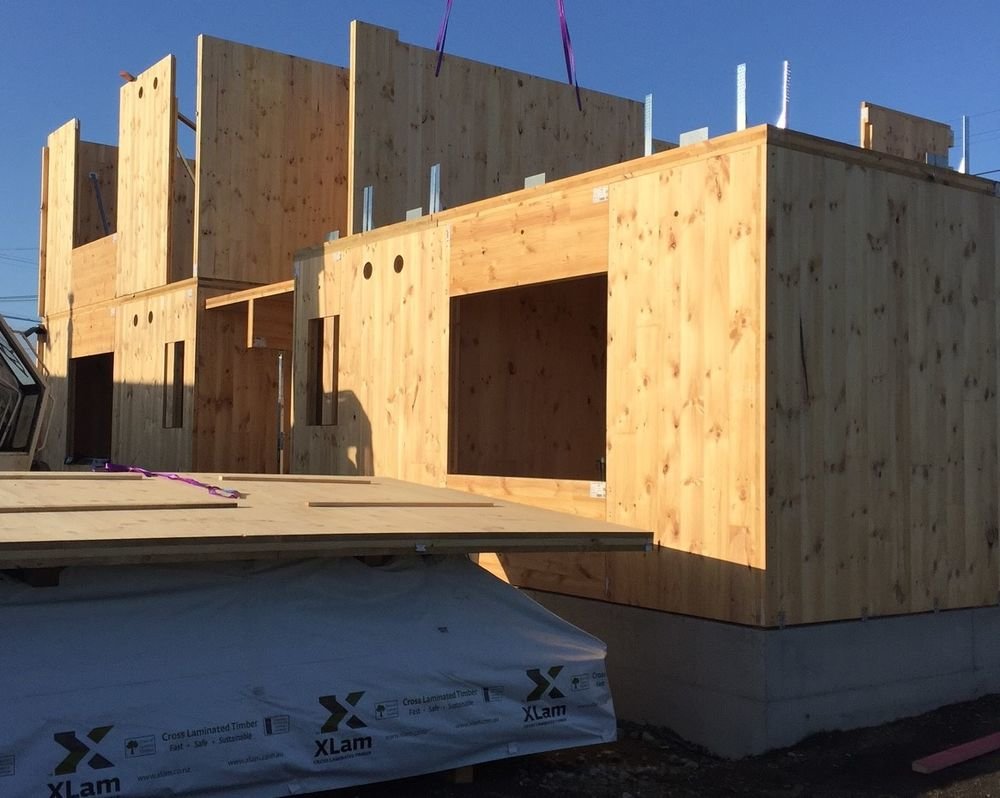Can We Fix It – Poverty Week: The promise of prefab

Less than 63 percent of New Zealanders own their own home, and there are only 1.9 million private homes to accommodate the population of 4.9 million. For the 40,000 people that have been left homeless, the shortage of affordable housing is more than a headline.
But securing a stable address should become a reality for thousands more families with the teaming up of government initiatives, community and iwi projects, and new technology in the building sector.
With more than 6,000 families in need of state housing, the government has recently stopped selling them off and has said it plans to build more than 1,000 a year, on top of a minimum of 100,000 affordable homes over ten years through the KiwiBuild programme.
In a philanthropic effort, developer Ted Manson has started building 500 social rental homes in Auckland with his family-firm Mansons TCLM. Manson announced the plan, which includes maintenance of the apartment buildings, at a housing summit where he said his family upbringing in a state house had been the foundation for his views on the need for stable, affordable homes.
But with the average cost of building a house at $395,000 ($455,000 in Auckland) not including land, the catch up requires a housing plan that streamlines construction processes, incentivises development of affordable housing and efficiently plans infrastructure and land use to make constructing smaller and cheaper houses an affordable option for developers.

The target of 100,000 homes in ten years would require a level of building not seen before in New Zealand, and according to a government-ordered report, it needs to be five times higher to meet demand.
Although the government is making a start, collaboration between local authorities, service providers, community organisations, developers, builders and iwi will be central to crafting a holistic housing plan backed by thriving communities. The challenges also require a rethinking of how we build homes.
The government is introducing a builders training programme, which will improve a lack of capacity in the sector, but new practices and technologies, like prefabrication, also need to be employed.
PrefabNZ CEO Pamela Bell says it’s important the construction sector is collaborative and responsive to changes such as using prefab to get more houses built, and fast.
“Opportunities such as KiwiBuild are a once-in-a-lifetime chance to create lasting transformative change in the construction industry.”
Prefab buildings are built offsite using digital design technology, and are assembled on site in just a few hours. Building with this method can cut build time by 60 percent and cost 15 percent less.
There are already a number of New Zealand companies using prefab and HNZ predicts the practice will account for more than 50 percent of its new builds in the next few years.
Bell says although prefab is a great tool in the tool belt, it just part of what needs to be an integrated solution to address the housing shortage.
“All best-functioning communities need a good mix of master planning plus initiatives to breathe life into them once they are established.”





